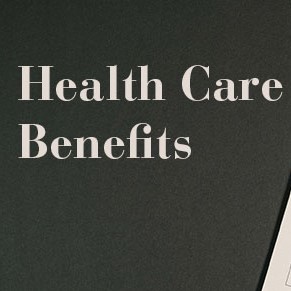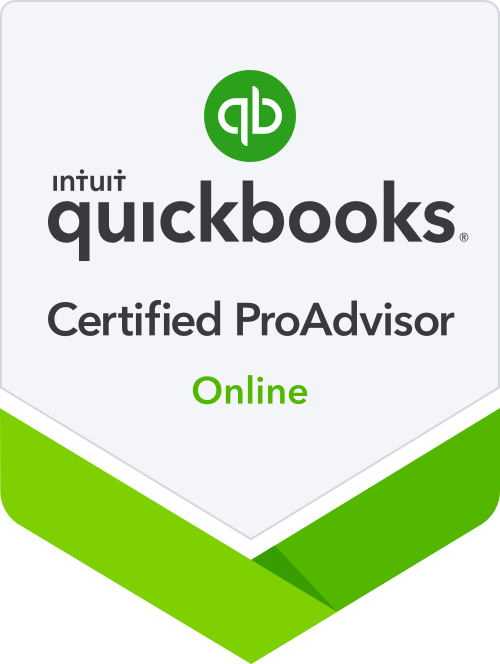
Woody Allen once said, “There are worse things in life than death. Have you ever spent an evening with an insurance salesman?”

As boring as that prospect might be, we all need to protect ourselves from risk and the financial damage that can ensue.
Unfortunately, all too often people purchase insurance policies and then file them away without a second thought. But situations change and our needs with them. Insurance experts offer up some mistakes people make that can cost them dearly.
Life insurance
How much is enough life insurance? Life Happens, a nonprofit organization dedicated to educating consumers about life insurance, offers a free downloadable booklet, “What You Need to Know About Life Insurance,” that includes a worksheet to help you get a sense of how much life insurance you need.
Some experts broadly recommend having a life insurance policy that pays a benefit between seven and 10 times annual income. But a 2013 survey by Nationwide Financial found that 98 percent of consumers who are married, are partnered or have dependents lack enough life insurance coverage to replace their income.
When analyzing your specific needs, a financial adviser considers what your family will need to meet immediate, future and ongoing financial obligations. The amount of your savings, investments, spouse’s earnings, retirement accounts, income-producing assets and any other life insurance policy you may have is then subtracted from the total to determine appropriate coverage.
In addition to not having enough insurance, a common mistake people make is not changing their beneficiary designation as circumstances change – marriage, divorce, addition of children. Regardless of what may be in your will, your life insurance proceeds will go to the beneficiary on file.
It’s also important to name a secondary beneficiary should the primary beneficiary predecease you. If there is no living beneficiary, the proceeds go to the estate and are subject to probate. Additionally, the proceeds are no longer protected from creditors’ claims.
If you plan to include a minor child as a beneficiary, you should set up a trust or appoint a legal guardian to handle the proceeds. Otherwise, the courts will do so and will manage the money until the child is of legal age.
Disability insurance
Loss of income due to illness or injury can be devastating. Disability insurance can protect your income stream in the short or long term.
Unfortunately, policies typically cover only about 60 percent of earned income, according to the National Association of Insurance Commissioners (NAIC), and benefits are capped so that a high-income earner may be covered for a lower percentage of income. Benefit payments do not automatically increase as income rises.
Additionally, not all policies take inflation into consideration when calculating benefit payments, the NAIC says.
High-income earners should consider adding a cost-of-living adjustment rider and/or purchasing an additional high-limit disability plan. These plans have been developed to meet the needs of high-income earners like physicians.
As supplemental policies, these plans are written on top of group or individual disability insurance. Make certain that any disability policy purchased is written as an “own occupation” policy, which defines disability as being unable to perform the functions of your specific job – even if you would be capable of working in a different occupation.
Another consideration is whether to pay group premiums on a pre- or post-tax basis. When premiums are paid with pretax dollars, any benefit paid is taxable.
The IRS may still require insureds who switch from pre- to post-tax dollars to pay taxes if they become disabled within three years, albeit on a prorated basis. To avoid the three-year rule, an insured can make an irrevocable election to pay premiums with post-tax dollars.
A corporate practice can create a 162 Bonus Plan to fund group long-term disability premiums post-tax. The bonus is taxable to the physician as income and to the practice as a deductible business expense.
Umbrella coverage
High-income earners are often seen as deep pockets when it comes to personal liability lawsuits. Typical auto and homeowner insurance policies may not offer coverage sufficient to protect the value of your assets.
A supplemental umbrella liability policy can provide additional protection of your assets as well as future earnings at a relatively low cost. A $1 million policy costs less than $300 annually.
In addition, insurers usually offer a discount if you purchase an umbrella policy along with your auto or homeowner coverage. However, consult with your insurance agent to make sure you have sufficient coverage under other insurance. If not, in some cases, the umbrella policy may not apply.
The Insurance Information Institute recommends reviewing all of your insurance needs annually and contacting your insurance agent or company representative if you have a major life change.




